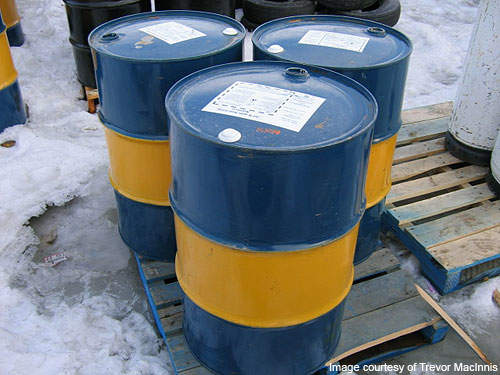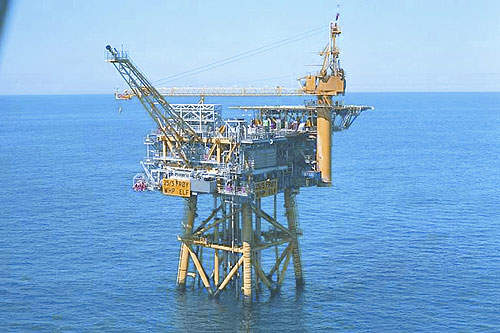The Froy Field is located off the coast of the North Sea, at a water depth of 120m. Det Norske Oljeselskap (50%) and Premier Oil Norway (50%) jointly own the field.
Located in Production License 364 (PL 364) in blocks 25/2, 25/3, 25/5 and 25/6, the field was in production from 1995 to 2001, with Elf as the operator. It produced approximately 35mbbls of oil during this period, equalling 18% of the reserves. Elf shutdown the field in 2001 due to several reasons including reservoir related technical challenges and recovery rates falling below expectations.
Froy is currently being redeveloped by Det Norske which acquired the licence in 2005.
Geology and reserves
The field lies in the vicinity of the eastern flank of southern Viking Graben, a rift basin. The northern and southern parts of the field are divided by faults.
The field is estimated to contain recoverable reserves of 56m barrels of oil.
Field development
Froy field is located near the Heimdal Field, 200km west of Haugesund. Det Norske solely owns two licences in this area and has partnership in two other licences. The area is expected to contain 300m to 500m barrels of recoverable oil.
It also consists of several smaller oil discoveries still to be developed.
Promising exploration potential in the area provides scope for drilling more exploration wells in adjacent licences. All these factors have led Det Norske to speed up the redevelopment of Froy field.
In September 2008, the company submitted a plan for development and operation (PDO) of the field to the Royal Norwegian Ministry of Petroleum and Energy. It was the first PDO to be submitted in the past 12 years by an independent Norwegian oil company. The plan proposed to link eight wells to a new jack-up platform consisting of drilling and production facilities. The field development cost was estimated at $588m.
Det Norske, however, prepared a renewed PDO in 2010. The new PDO submission is postponed to summer 2011 due to ongoing work on drainage strategies. Det Norske and Premier Oil are, meanwhile, evaluating the possibility of gas injection at the field.
The field is preferably developed through a floating production unit along with a wellhead platform, to be supplied by Sevan Marine. Other alternatives are also being considered. One of them is to develop Froy as a production hub for nearby Storklakken and Rind discoveries.
Major contracts with several companies still need to be negotiated. The Norwegian Ministry of Petroleum and Energy has extended the licence period of PL 364 to 10 years until 2019.
Production
Det Norske plans to begin production at Froy field in 2014. The initial production is expected to be 28,000 barrels per day.
Contracts
In the fourth quarter of 2009, Sevan conducted a feasibility study on the Sevan cylindrical FPSO bridge-connected wellhead platform (WHP) for use at Froy.
If feasible, this concept will provide dry tree well completions on an unmanned minimum WHP. It will also avoid transferring of people between the WHP and the FPSO on a helicopter.
In January 2010, Det Norske awarded a pre-FEED / FEED study contract to Sevan Marine ASA (Sevan) for a Sevan FPSO to be potentially used in the Froy field development.
The study will be carried out after receiving results from gas and water injection (WAG), or simultaneous gas and water injection (SWAG) studies.
The FEED study will also provide necessary data to be included in the development plan that will be submitted by Det Norske to the Norwegian authorities. A potential plan for development and operation may be submitted after the completion of the study.





